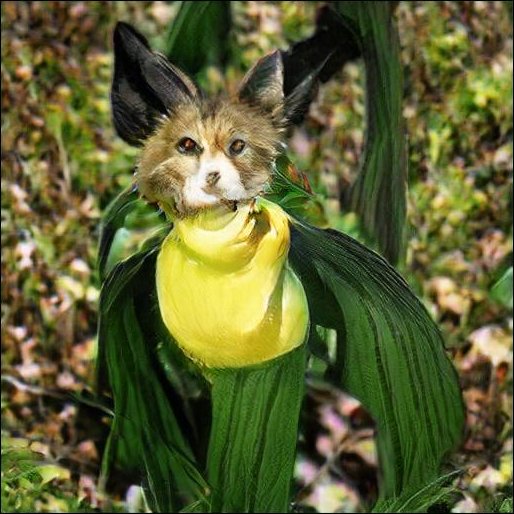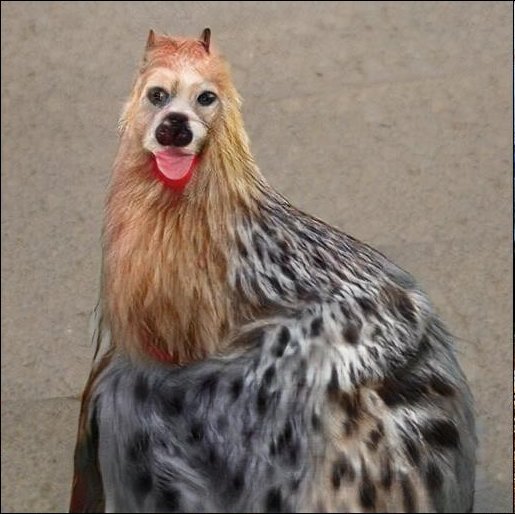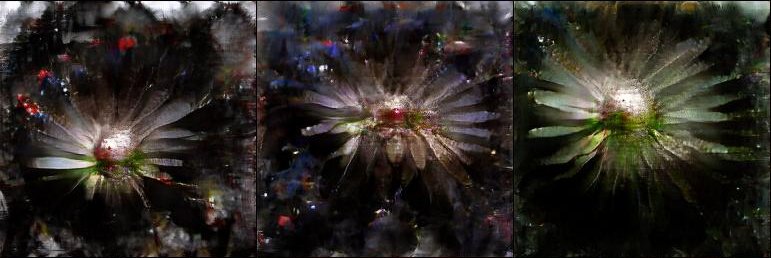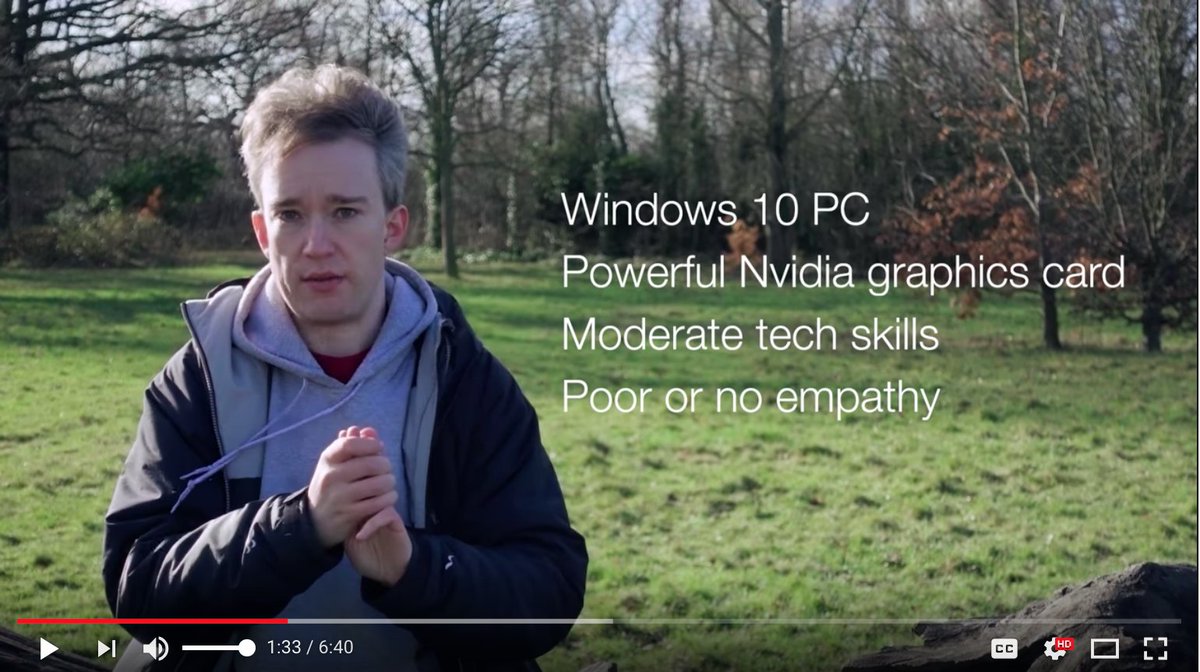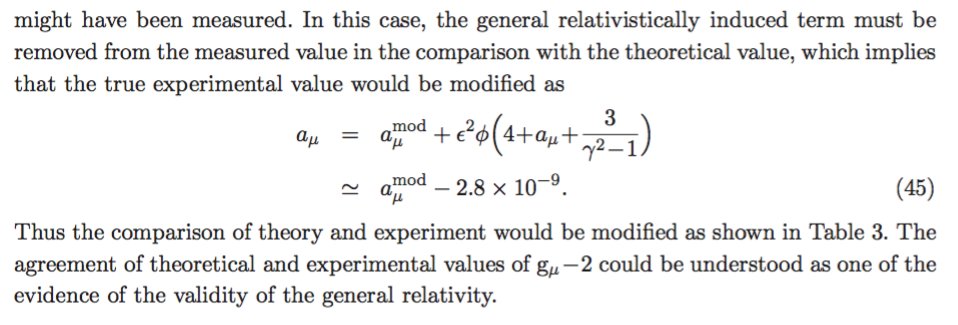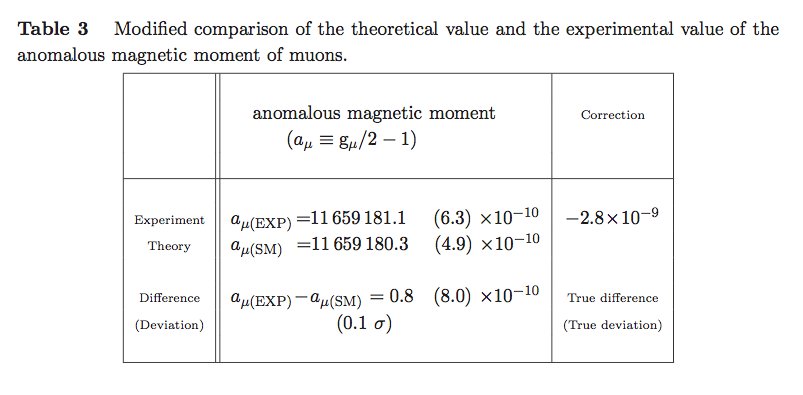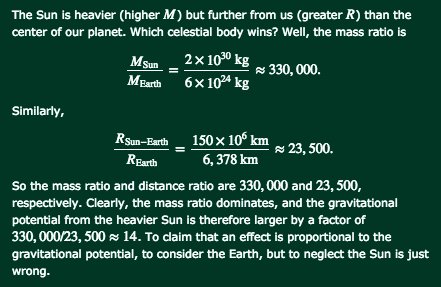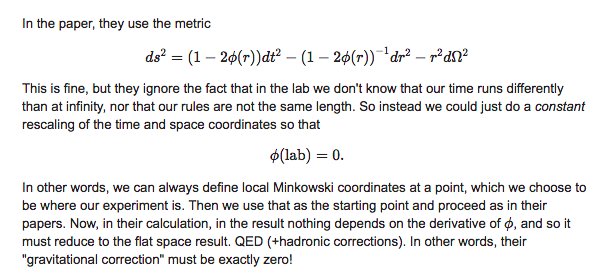We push the SOTA Inception Score from 52 -> 166+ and give GANs the ability to trade sample variety and fidelity.
arxiv.org/abs/1809.11096



-Having gradients which capture a sufficient number of the modes you care about is critical--this may mean you need to accumulate over minibatches if you're doing multimodal stuff with low RAM
-There's lots to be gained by manipulating the latent space
